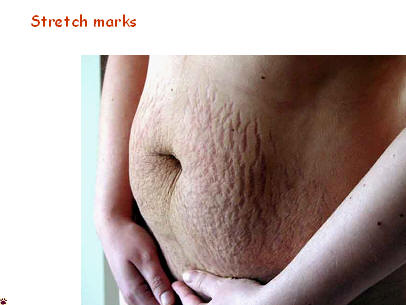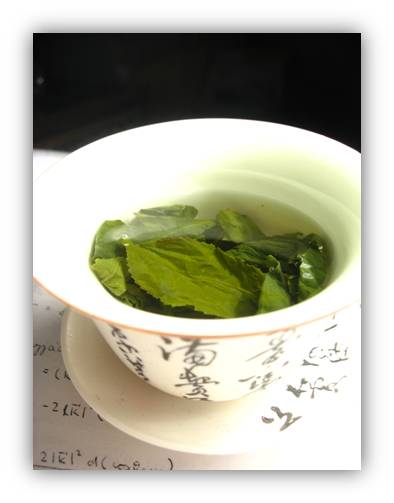
These foods are great for pregnant and lactating women, along with their families. When it's important to make every bite count, depend on these nutritional powerhouses. In case any of these don't suit your taste buds or your dietary choices, we've included alternative sources of key nutrients as well.
Yogurt
Why? Calcium needs increase during pregnancy and yogurt is an excellent calcium source. The need for calcium increases to approximately 1300 milligrams a day during pregnancy. If you are not obtaining this quantity from your diet or vitamin supplement, your body will meet your baby's calcium needs by pulling from your own supply, which makes calcium-rich foods like yogurt, dark leafy greens, sardines with bones, and calcium-fortified orange juice important at this time.
Did you know? In addition to calcium, yogurt is a beneficial fermented food that provides probiotic bacteria, which promotes intestinal and immune health for baby and mom. Probiotic bacteria are cultures of beneficial bacteria found in healthy gut microflora. Yogurt, probiotics and fermented foods help us to keep our intestinal ecosystems healthy.
How? There are many varieties of yogurt and fermented dairy. Yogurt can be eaten as a convenient snack or meal, as an ingredient in smoothies or dips, or as a healthy dessert. If presweetened yogurt is too sweet, mix together half plain and half sweetened, or sweeten plain yogurt with berries and a little sweetener of choice. Probiotic supplements are also available.
Dark Leafy Greens
Why? Dark leafy greens, such as kale and collards, are nutrient powerhouses, containing calcium, fiber, and vitamins A and C, and also rate high on the antioxidant scale. Dark leafy greens are also an important source of folic acid. The U.S. Food and Drug Administration (FDA) recommends that all women in their childbearing years consume 400 micrograms (or 0.4 mg) of folic acid every day to help prevent neural tube defects in their children. Other foods high in folic acid include oranges, beans, asparagus, avocado, and berries. Many vitamin supplements contain folic acid as well.
Did you know? Dark leafy greens are an easy-to-absorb source of non-dairy calcium. This is because they contain the optimal phosphorus to calcium ratio to enhance calcium absorption. Important exceptions to note are spinach and Swiss chard, which contain compounds called oxalates that interfere with calcium absorption. Although spinach and Swiss chard are nourishing foods, do not think of them as a significant source of minerals.
How? Eat with a little fat for better absorption of nutrients. Add a little vinegar for optimum availability of minerals. Dark leafy greens are easily added to other dishes including soup, meatloaf or quiche, adding nutrients without excessive flavor.
Other Non-Dairy Sources of Calcium: Fortified orange juice, sesame seeds, almonds, dried fruit, corn tortillas, tofu, sardines with bones, legumes, fortified foods and supplements.
Eggs
Why? When it comes to value and high quality nutrition, eggs are a good choice since they contain important nutrients for pregnant women, including vitamin A, iron, and protein. Protein needs increase by 10 grams daily for pregnant women, and an adequate protein intake often helps to temper sugar cravings. Note that most of the nutrition in eggs is found in the yolk.
Did you know? For extra nutrition, look for DHA-enriched eggs. DHA is an omega-3 fatty acid important for brain development. The chickens that produce these eggs have been given a special fed containing marine algae, which increases DHA levels in the egg.
How? The simplest way to prepare eggs is hard-boiled. Other easy dishes include omelets and quiches.
Fatty Fish
Why? Fatty fish, such as salmon, sardines, black cod, anchovies, herring and trout, provide omega-3 fatty acids, which are the primary components of brain tissue and are vital for brain and visual development. Studies have shown women who eat fish during pregnancy have children with better visual acuity, higher IQ, better in language and communication skills, and decreased rates of allergies and asthma.
Did you know? The FDA recommends that pregnant and lactating women have no more than 12 ounces (2 servings) of low mercury fish a week. Pregnant and nursing mothers are also advised to avoid larger, long-lived fish with more dark meat - particularly tuna, shark, swordfish, king mackerel and tilefish - as they contain high mercury levels which may harm a baby's developing nervous system. As an alternative to eating fatty fish, fish oil supplements that have been processed to remove contaminants are available. See our Methylmercury Fact Sheet for additional information.
How? Look to our seafood department for a source of fresh fish as well as for frozen fish and soups to have on hand for busy evenings. For a quick meal or snack, top a green salad with canned salmon or heat up a frozen salmon burger or fish cakes. Vegetarian Sources of DHA: Microalgae DHA supplements, DHA-enriched eggs.
Lamb
Why? An excellent source of vitamin B12 and a good source of highly accessible iron and zinc, lamb provides important nutrients for pregnant women. Zinc, in particular, is vitally important for growth and development, because it is required for cell division, DNA/RNA synthesis, and protein synthesis. Adequate zinc levels also ensure optimal bone growth in developing babies and are necessary for immunity. Because zinc is difficult to absorb from plant foods, you may consider supplementing if following a vegetarian or vegan diet.
Did you know? Minerals compete with each other for absorption in the small intestine. It is best to eat calcium-rich foods and zinc-rich foods at different times for optimal absorption of these important nutrients.
How? A tender, flavorful and nourishing meat, lamb is easily prepared on the grill or in the crock-pot.
Vegetarian sources of zinc: legumes (especially adzuki, navy beans, and split peas), nuts and seeds (especially pumpkin seeds, sunflower seeds and cashews), whole grains (fortified cereal and wheat germ), fortified soy foods, supplements.
Contd......



























